6 Stage-Worn Outfits That Became Legendary
When a performer steps onto the stage, they often wear outfits that reflect their artistry and influence. Some of these pieces, however, have transcended fashion to become cultural icons. Stage-worn outfits have witnessed unforgettable performances, and their value only grows with time. From glittering costumes to simple designs, these outfits often carry deep meaning for both the artist and their fans.
This post may contain affiliate links, which helps keep this content free. Please read our disclosure for more info.
Elvis Presley’s “Aloha from Hawaii” Jumpsuit
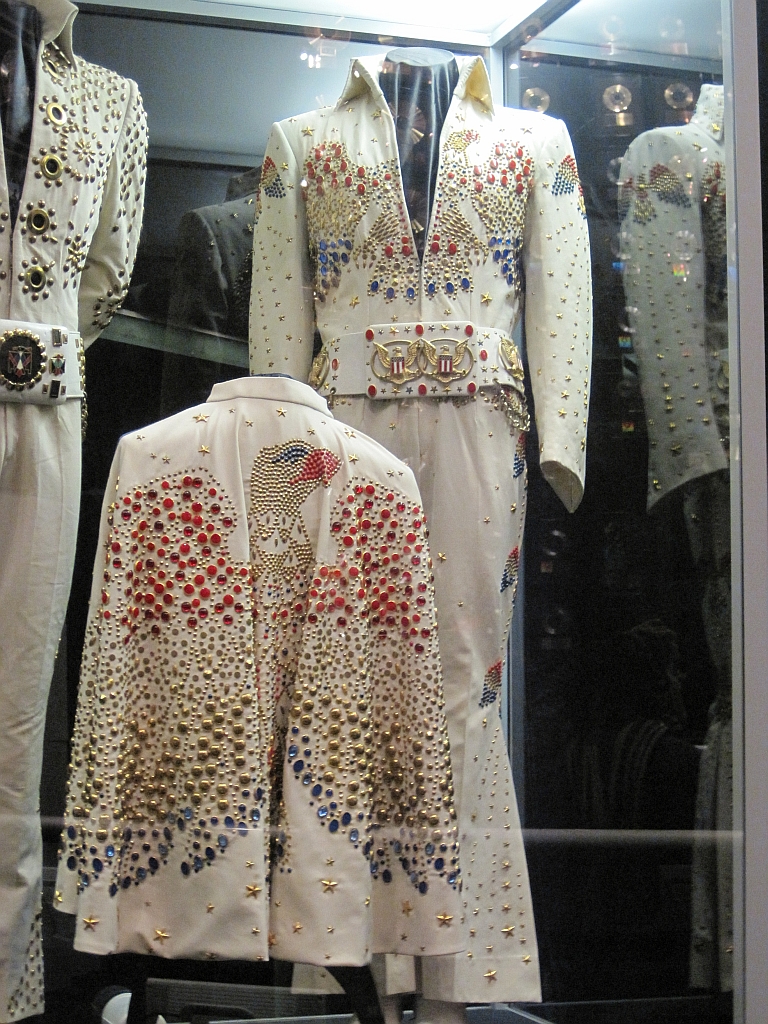
Elvis Presley’s “Aloha from Hawaii” jumpsuit, worn during his historic 1973 performance, is one of the most recognized outfits in music history. This white jumpsuit, adorned with intricate gold and rhinestone detailing, reflected the grandeur of the King himself. The performance, broadcasted globally via satellite, marked a monumental moment for live television. Fans still view the outfit as a symbol of Elvis’s impact on both music and fashion.
This iconic jumpsuit has been featured in museums and auctions, with collectors cherishing it for its cultural significance. The design itself became synonymous with Elvis’s later career, representing his showmanship and bold style. Today, it is considered a treasure in the history of stage fashion. Many fans and collectors view it as a must-have piece of memorabilia that highlights Elvis’s lasting legacy.
Michael Jackson’s “Thriller” Jacket
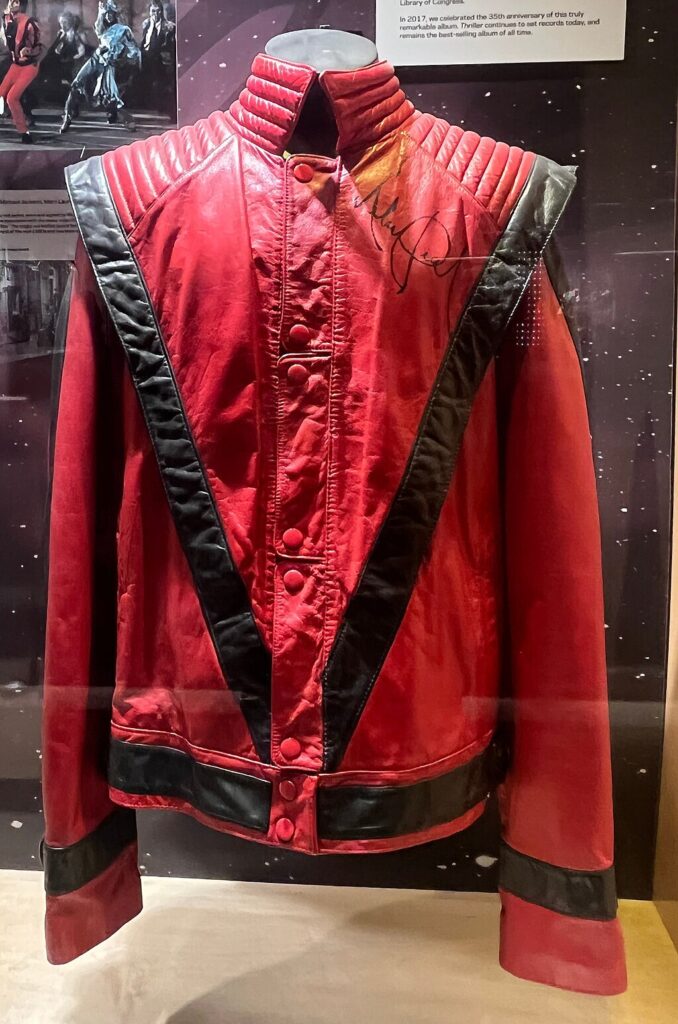
Michael Jackson’s red leather jacket, worn in the 1983 music video for “Thriller,” is one of the most famous stage outfits of all time. The jacket’s distinctive design, with its diagonal zippers and bold color, became an immediate fashion trend. As Jackson’s “Thriller” video revolutionized music videos and pop culture, this jacket became a symbol of his unmatched influence. Fans still replicate its iconic look, showing the power of a well-crafted outfit.
This jacket holds a unique place in pop history, not just for its appearance, but for the cultural shift it represented. Michael Jackson’s ability to combine music, dance, and fashion made him a trendsetter. Today, this jacket is one of the most valuable and recognizable items in pop memorabilia. It continues to inspire new generations of fans and artists.
Madonna’s “Like a Virgin” Wedding Dress
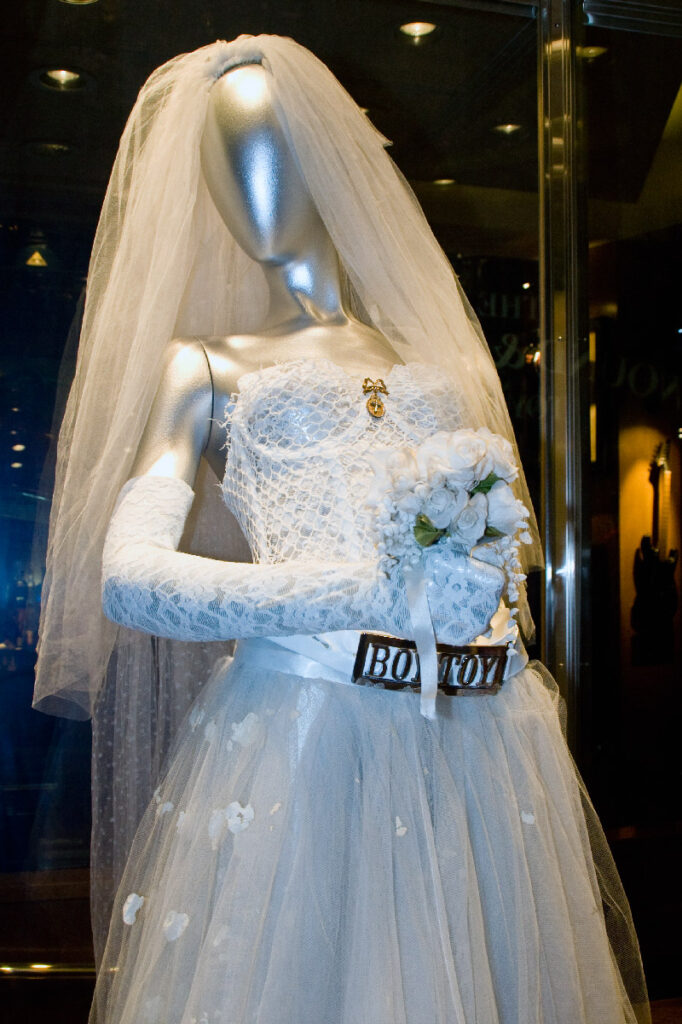
Madonna’s wedding dress, worn during her 1984 “Like a Virgin” performance at the MTV Video Music Awards, is one of her most iconic outfits. The dress, which featured a bold lace design and was paired with a tiara, was both dramatic and playful, matching Madonna’s rebellious and provocative style. The outfit reinforced her persona as the Queen of Pop and pushed boundaries in both music and fashion. It remains a significant part of her legacy.
This wedding dress is considered a key piece in Madonna’s ability to merge music, fashion, and performance art. The look was designed by Jean-Paul Gaultier and became an instant symbol of her defiance against traditional norms. Its cultural impact can still be seen in pop culture, where it is frequently referenced and imitated. As one of the defining moments of her career, the “Like a Virgin” dress is a piece of fashion history.
Kurt Cobain’s “Unplugged” Cardigan
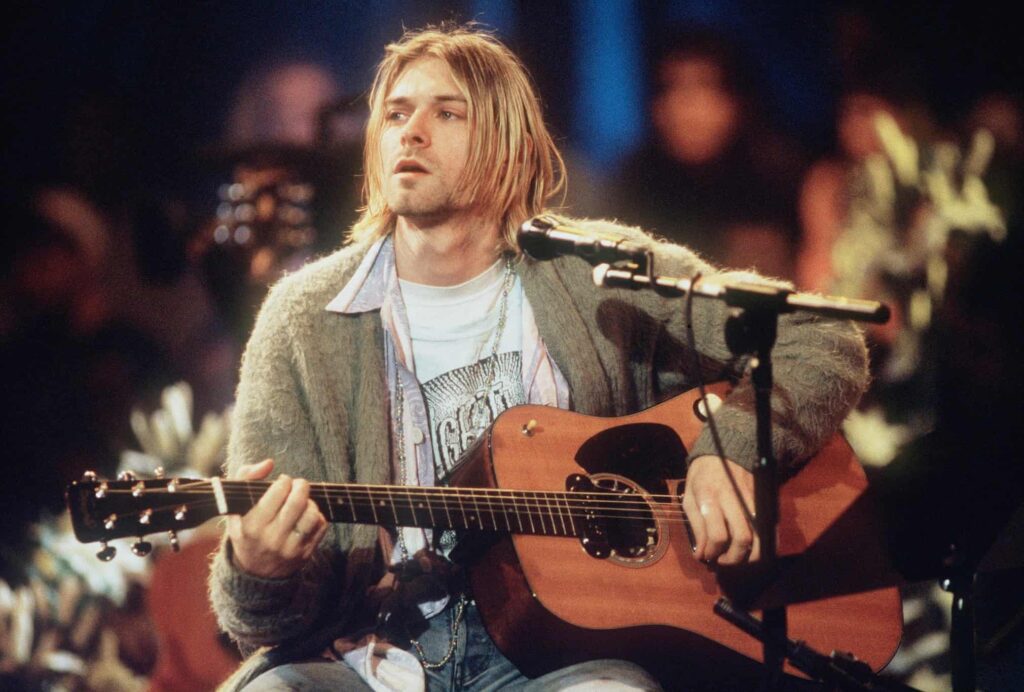
Kurt Cobain’s green cardigan, worn during Nirvana’s MTV Unplugged in New York performance in 1993, is a symbol of 90s grunge. The simple, worn cardigan contrasted sharply with the polished image of other rock stars, reflecting Cobain’s anti-fashion stance. It was during this intimate performance that Cobain showcased his vulnerability, connecting with fans on a deeper level. The cardigan became a visual representation of his authenticity and the spirit of grunge.
The cardigan has since become one of the most recognizable pieces of music memorabilia. Its connection to Nirvana’s final performance, as well as Cobain’s troubled life, adds a layer of emotion and meaning. The piece, now housed in the Rock and Roll Hall of Fame, continues to be a powerful reminder of Cobain’s impact on music and youth culture. It holds a place of reverence among collectors and fans alike.
Prince’s “Purple Rain” Outfit
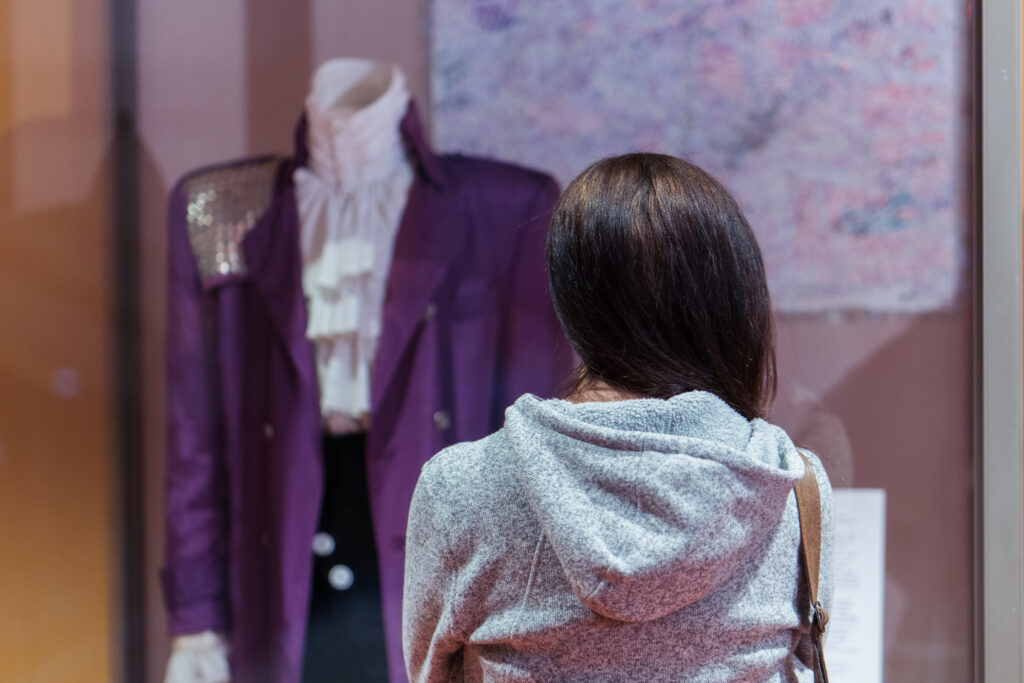
Prince’s purple suit, worn during his legendary 1984 “Purple Rain” tour, is one of his most iconic stage outfits. The outfit, complete with a ruffled shirt and purple velvet, became synonymous with his flamboyant style. It was worn during one of the most pivotal moments of his career, symbolizing his bold approach to music, fashion, and performance. The purple ensemble is forever tied to the moment when Prince solidified his place in music history.
The “Purple Rain” outfit transcended its role as just a stage costume and became a symbol of Prince’s artistic vision. The color purple was forever associated with the artist, representing his unique blend of rock, funk, and soul. Fans continue to celebrate the outfit, and it remains an essential part of his legacy. This ensemble remains one of the most sought-after pieces in rock and roll memorabilia.
Judy Garland’s Dorothy Dress from The Wizard of Oz
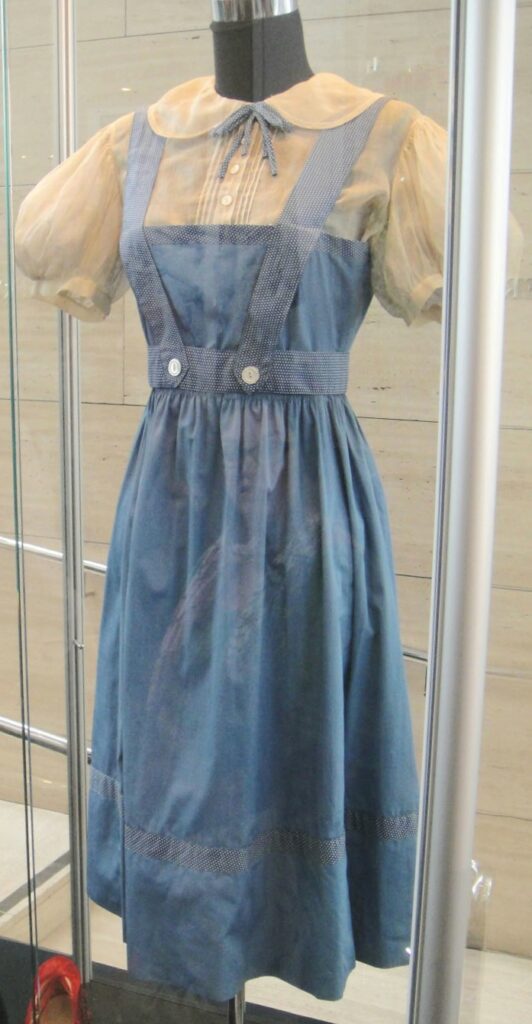
Judy Garland’s iconic blue gingham dress, worn in The Wizard of Oz, is one of the most famous costumes in film history. The outfit, complete with white puffed sleeves and a lace collar, instantly became linked to Garland’s portrayal of Dorothy, a role that catapulted her to fame. The dress is a symbol of innocence and the magic of the beloved film, which remains a cultural touchstone even decades after its release.
The dress has become a timeless symbol of classic cinema and has been preserved as one of the most valuable movie costumes in history. It was worn during one of the most memorable scenes in film, when Dorothy clicks her heels to return home. Fans around the world still associate the outfit with Garland’s portrayal of an unforgettable character. Today, the dress is displayed in the Smithsonian Institution, solidifying its place in the history of film and fashion.
This article originally appeared on Avocadu.
